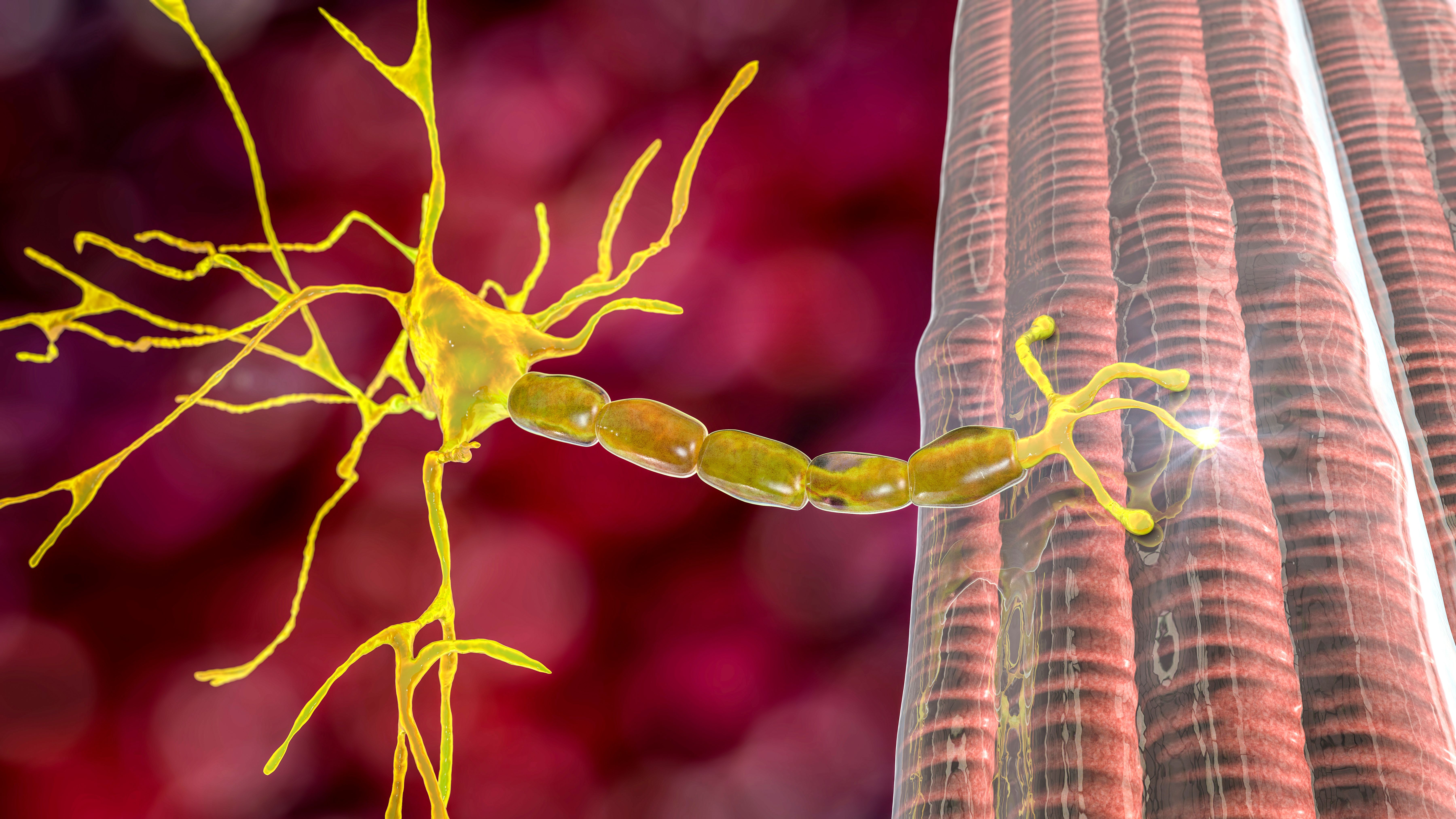News
Article
FDA Approves Vamorolone for Treatment of Duchenne Muscular Dystrophy in Patients Aged 2 Years and Older
Author(s):
The drug’s mode of action is different than other types of corticosteroids because it’s based in the differential effects on glucocorticoid and mineralocorticoid receptors.
The FDA has approved a new drug application (NDA) for vamorolone (Agamree; Santhera Pharmaceuticals) oral suspension 40 mg/mL, a novel corticosteroid treatment indicated for the treatment of Duchenne muscular dystrophy (DMD) in patients aged 2 years and older. At the 24-week follow-up of the VISION-DMD study, vamorolone met the primary endpoint of time to stand (TTSTAND) velocity compared to placebo (p=0.002); it also demonstrated a favorable safety and tolerability profile, which is not the case for current standard of care corticosteroids.1
“We strongly believe that this novel steroid has the transformational potential to make a significant difference for patients living with DMD and potentially other chronic inflammatory diseases,” said Patrick J. McEnany, chairman and CEO of Catalyst Pharmaceuticals, in a press release.1
DMD is the most common form of muscular dystrophy, affecting 11,000 to 13,000 people in the United States. The disease is characterized by the regression of muscle function, and patients with the rare, fatal disorder will slowly lose ambulation and suffer from respiratory failure. The disease will eventually lead to patient mortality. The current standard of care is corticosteroids (despite its severe adverse event [AE] profile), and approximately 70% of patients are on concomitant corticosteroid treatment.1,2
The disease is characterized by the regression of muscle function, and patients with the rare, fatal disorder will slowly lose ambulation and suffer from respiratory failure. Image Credit: © Dr_Microbe - stock.adobe.com

In 2021, the drug was evaluated in the Phase 2b VISION-DMD study, a randomized, double-blind, parallel group, placebo and active-controlled study which looked at the efficacy, safety, pharmacodynamics, and pharmacokinetics of daily oral vamorolone in a population of 120 boys with ambulant disease who are older than age 4 and younger than age 7. Secondary study outcomes included safety measures, including organ system class-related AEs and biomarkers, such as fasting insulin.2
Vamorolone is different than other types of corticosteroids because it’s mode of action is founded on the differential effects on glucocorticoid and mineralocorticoid receptors. The treatment can modify the downstream activity of the receptors to create an effective treatment that also has a more tolerable AE profile. The most common AEs associated with vamorolone are mild to moderate cushingoid features, vomiting, and vitamin D deficiency.1
Vamorolone previously received designations for Orphan Drug and Rare Pediatric Disease for the treatment of DMD. Following the FDA approval in October 26, 2023, vamorolone earned 7 years of orphan drug exclusivity.1
Vamorolone will likely be brought to market in the first quarter of 2024, according to the press release. The company also noted they will provide a financial assistance program to reduce co-pays and deductibles, promoting the accessibility and affordability of the product.1
“The approval of vamorolone underscores the potential of reshaping the DMD treatment paradigm for this life-threatening rare disease,” McEnany concluded in the press release. “We look forward to successfully commercializing this product with a continued commitment to serving our patient communities."1
References
- Catalyst Pharmaceuticals Reports FDA Approval of AGAMREE® (vamorolone) for Duchenne Muscular Dystrophy Granted to Santhera Pharmaceuticals. Catalyst Pharmaceuticals. News Release Ocotbero 26, 2023. Accessed on October 26, 2023.
- Vamorolone Phase 2b (VISION-DMD): A Study to Assess the Efficacy and Safety of Vamorolone in Boys with Duchenne Muscular Dystrophy (DMD). Hub Summary. Article. Accessed on October 26, 2023. https://dmdhub.org/trials/vamorolone-phase-2b/






